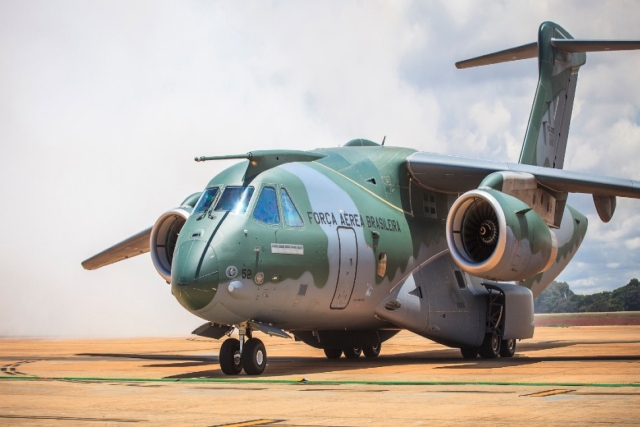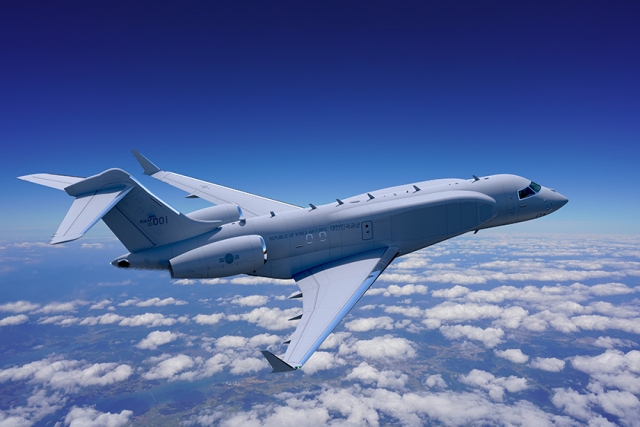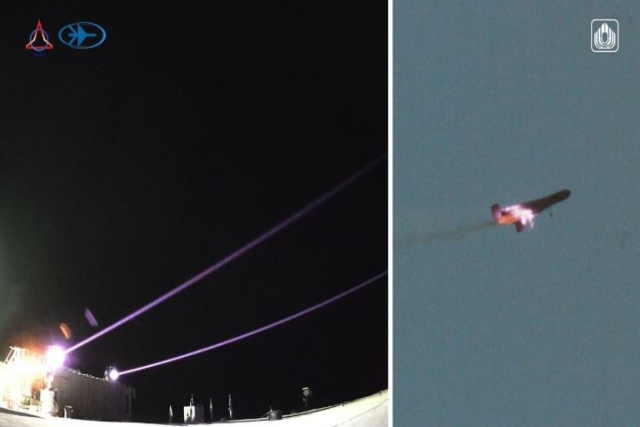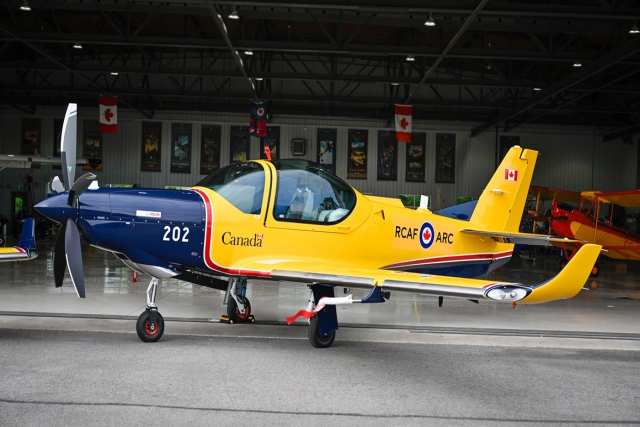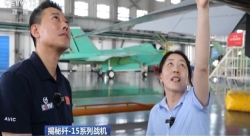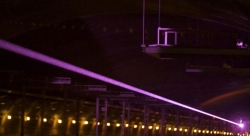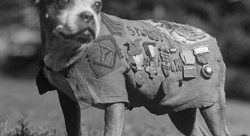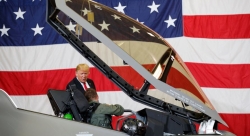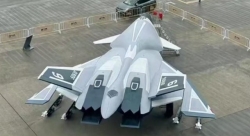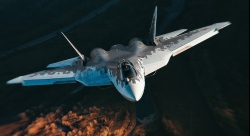Next Generation AH-64 Apache Block III To Be Deployed Next Year
Currently under evaluation, the U.S. Army's AH-64 Apache Block III next-generation attack
helicopter should be ready to deploy with Soldiers sometime next year. The IOT&E is a series of combat-like assessments and evaluations placing the aircraft in
operationally-relevant scenarios as a way to prepare the platform for full-rate production,
said Col. Shane Openshaw, project manager, Apache Attack Helicopters. Although formal results of the Block III Apache's IOT&E are still in the process of being
determined, preliminary observations and early indications suggest the high-tech aircraft
is performing extremely well, Openshaw said. The force-on-force portion of the IOT&E has
been completed and some live-fire exercises remain in coming days, he added. The Block III Apache is being engineered such that an advanced, high-tech aircraft at the
weight of the D model can have the power, performance and landing abilities of an original
A model Apache. Engineering the aircraft with an open-system architecture refers to efforts
to design the electronics such that they have a "plug-and-play" capability and can easily
integrate with current state-of-the-art and emerging next generation technologies. The idea is to maximize interoperability by developing electronics and computing
technologies according to a set of established technical standards through a "system-of-
systems" type of approach so that new systems, sensors, applications, electronics, avionics
and other technologies such as software-programmable radio can successfully inter-operate
and work effectively with one another. Built in this fashion, the Apache Block IIIs' avionics and mission equipment will be able
to perform sophisticated "networking" and on-board computing functions and more easily
accommodate valuable emerging capabilities. Engineered with what's called Level 4 Manned-Unmanned Teaming, or MUM capability, a
technology wherein Apache pilots can not only view video feeds from nearby UAS systems
scanning surrounding terrain, but can also control the UAS' sensor payload and flight path
as well. The cameras and infrared sensors on the aircraft detect the muzzle flash from ground fire
- and move the information through an Aircraft Gateway Processor into the cockpit so
pilots will see an icon on their display screen; GFAS is integrated with Blue Force Tracking
technology, digital map display screens which show the locations of nearby forces and
surrounding terrain.

